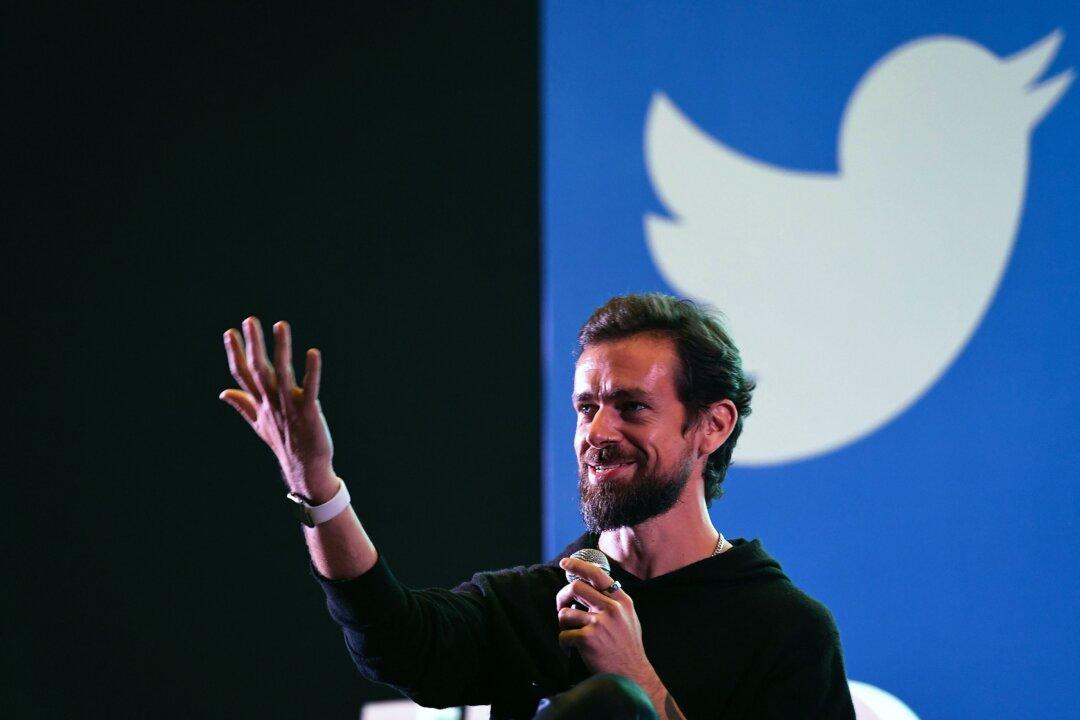Twitter announced its plans for an IPO last week and ignited a maelstrom of news stories—and tweets—trying to predict its revenue, IPO valuation, share prices, and market valuation.
Whatever those numbers are, it is clear that Twitter will have one of the largest IPOs in recent history, eclipsed only by Facebook a few years ago. And some of its founders and early employees will become billionaires, and some millionaires.




